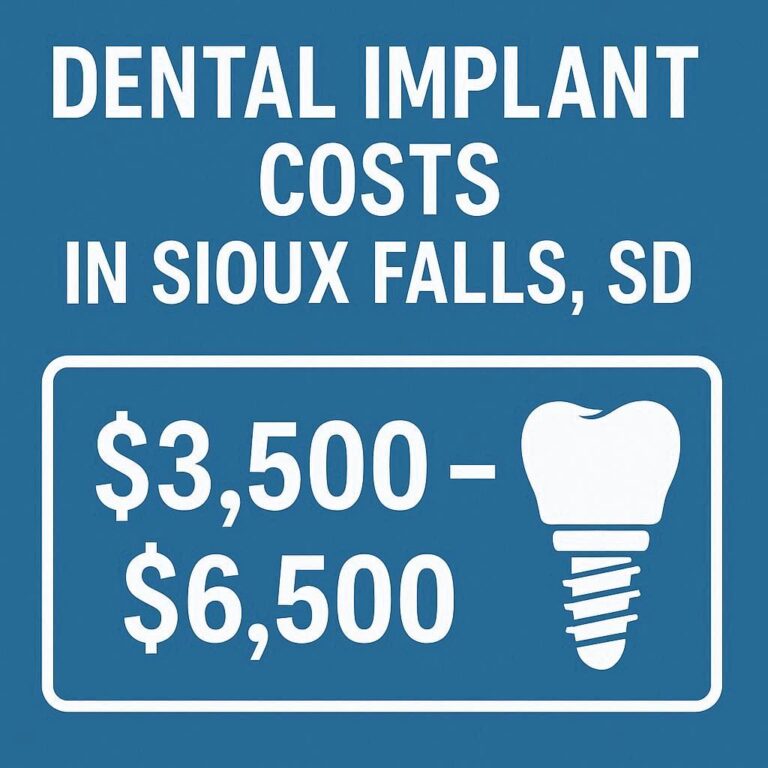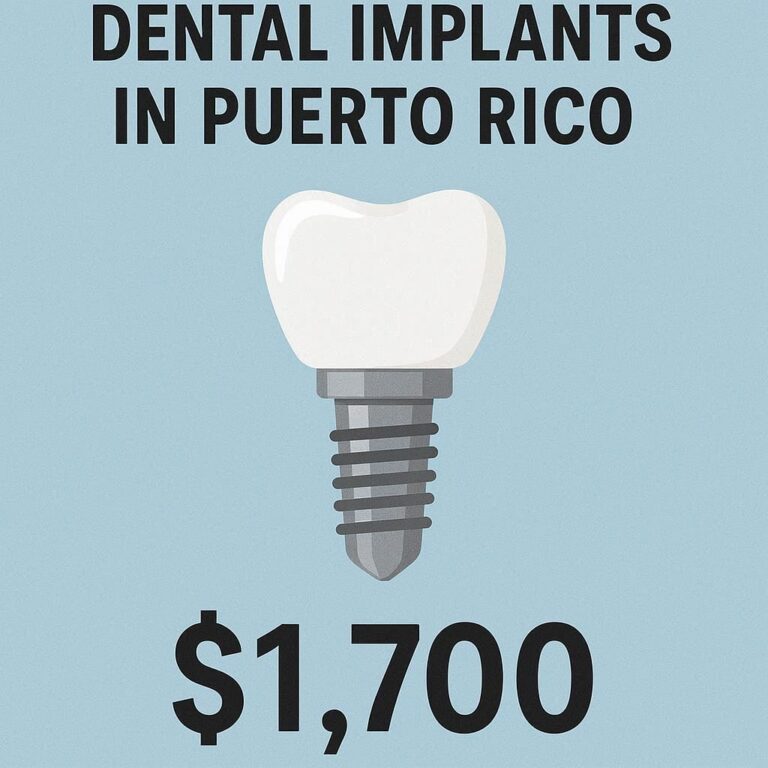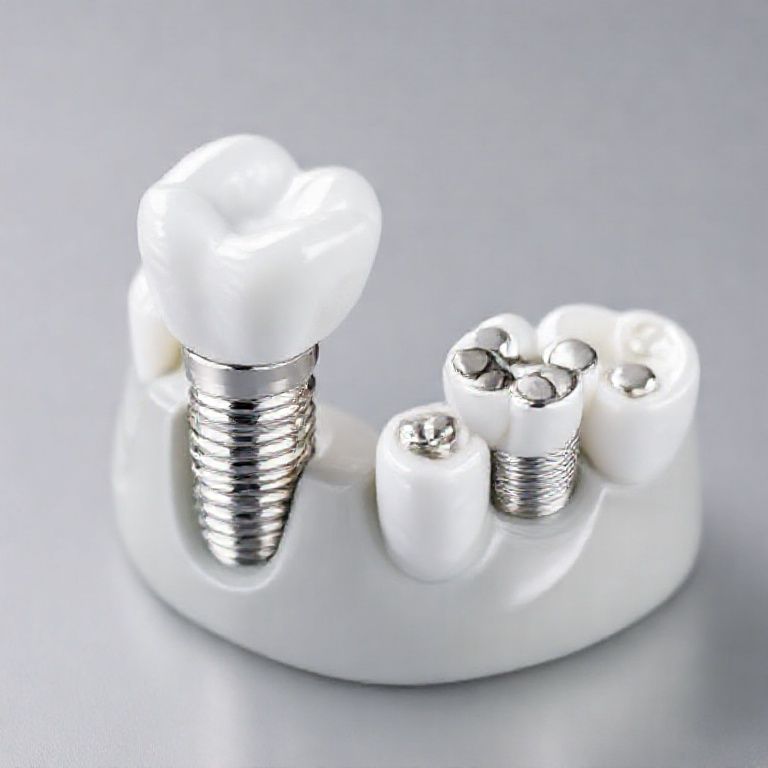Real Cost of Dental Implants
Dental implants have revolutionized the field of dentistry, offering a permanent solution for missing teeth that looks, feels, and functions like natural teeth. However, the cost of dental implants often leaves potential patients hesitant. Why are dental implants so expensive? What factors contribute to their high price? And are they worth the investment?
This article delves deep into the real cost of dental implants, exploring every aspect that influences their pricing. From the materials used to the expertise of the dentist, we’ll break down the expenses and provide you with actionable tips to make this life-changing procedure more affordable. Whether you’re considering dental implants for yourself or simply curious about the process, this guide will equip you with the knowledge you need to make an informed decision.

2. What Are Dental Implants?
Dental implants are artificial tooth roots made of biocompatible materials like titanium. They are surgically placed into the jawbone to support a replacement tooth or bridge. Unlike dentures or bridges, dental implants are a permanent solution that mimics the structure of natural teeth.
The implant itself consists of three parts:
- The Implant: A screw-like post that acts as the root.
- The Abutment: A connector that holds the crown in place.
- The Crown: The visible part of the tooth, custom-made to match your natural teeth.
3. Why Are Dental Implants So Expensive?
The high cost of dental implants can be attributed to several factors:
- Advanced Technology: The use of 3D imaging, computer-guided surgery, and high-quality materials.
- Expertise: The procedure requires a highly skilled oral surgeon or periodontist.
- Time-Intensive Process: From consultation to final placement, the process can take several months.
- Customization: Each implant is tailored to the patient’s unique anatomy.
4. Factors Influencing the Cost of Dental Implants
Geographic Location
The cost of dental implants varies significantly depending on where you live. For example, implants in urban areas like New York or Los Angeles are typically more expensive than in rural areas.
Dentist’s Expertise and Reputation
Experienced dentists with a proven track record often charge more for their services. However, their expertise can reduce the risk of complications.
Type of Implant and Materials Used
Premium materials like zirconia or high-grade titanium increase the cost but offer better durability and aesthetics.
Preparatory Procedures
Some patients require additional procedures like bone grafting or sinus lifts, which add to the overall cost.
Insurance and Financing Options
Dental insurance may cover a portion of the cost, but many plans exclude implants. Financing options can help spread out the expense.
5. Breakdown of Dental Implant Costs
| Cost Component | Average Cost (USD) |
|---|---|
| Initial Consultation | 100−100−300 |
| Diagnostic Tests (X-rays, CT) | 200−200−500 |
| Implant Placement Surgery | 1,500−1,500−3,000 |
| Abutment | 300−300−500 |
| Crown | 1,000−1,000−2,000 |
| Follow-Up Appointments | 100−100−300 |
6. Comparing Dental Implants to Other Tooth Replacement Options
Dentures
- Pros: Affordable, non-invasive.
- Cons: Less stable, requires regular adjustments.
Dental Bridges
- Pros: Fixed solution, less expensive than implants.
- Cons: Requires altering adjacent teeth, shorter lifespan.
7. Hidden Costs of Dental Implants
Complications and Additional Treatments
Infection, implant failure, or the need for bone grafting can increase costs.
Long-Term Maintenance
Regular check-ups and potential replacements of crowns or abutments add to the lifetime cost.
8. How to Save Money on Dental Implants
Dental Tourism
Traveling to countries like Mexico or Thailand can reduce costs by up to 70%.
Payment Plans and Financing
Many dental offices offer monthly payment plans or work with third-party financing companies.
Insurance Coverage
Check if your insurance plan covers any part of the procedure or explore supplemental dental insurance.
9. Risks and Benefits of Dental Implants
Benefits
- Natural look and feel.
- Improved oral health and functionality.
- Long-lasting solution.
Risks
- Surgical complications.
- High upfront cost.
- Requires healthy bone density.
10. Real-Life Case Studies
Case Study 1: A 45-year-old patient in California spent $4,500 on a single implant, including a bone graft.
Case Study 2: A 60-year-old patient in Mexico saved 50% on her implant procedure by opting for dental tourism.
11. Frequently Asked Questions (FAQs)
Q1: How long do dental implants last?
A: With proper care, dental implants can last 20-30 years or more.
Q2: Does insurance cover dental implants?
A: Most insurance plans do not cover implants, but some may cover related procedures like extractions or crowns.
Q3: Are dental implants painful?
A: The procedure is performed under anesthesia, so patients typically experience minimal discomfort.
12. Conclusion
Dental implants are a significant investment, but their benefits often outweigh the costs. By understanding the factors that influence pricing and exploring ways to save, you can make this life-changing procedure more accessible.
13. Additional Resources
- American Academy of Implant Dentistry
- National Institute of Dental and Craniofacial Research
- Dental Implant Cost Calculator


